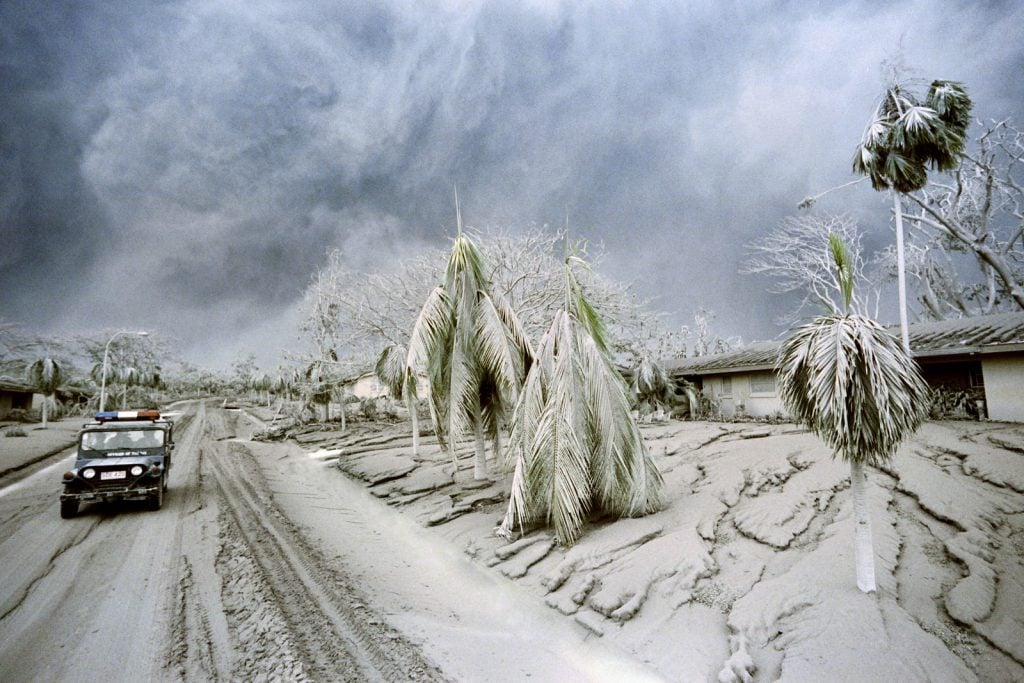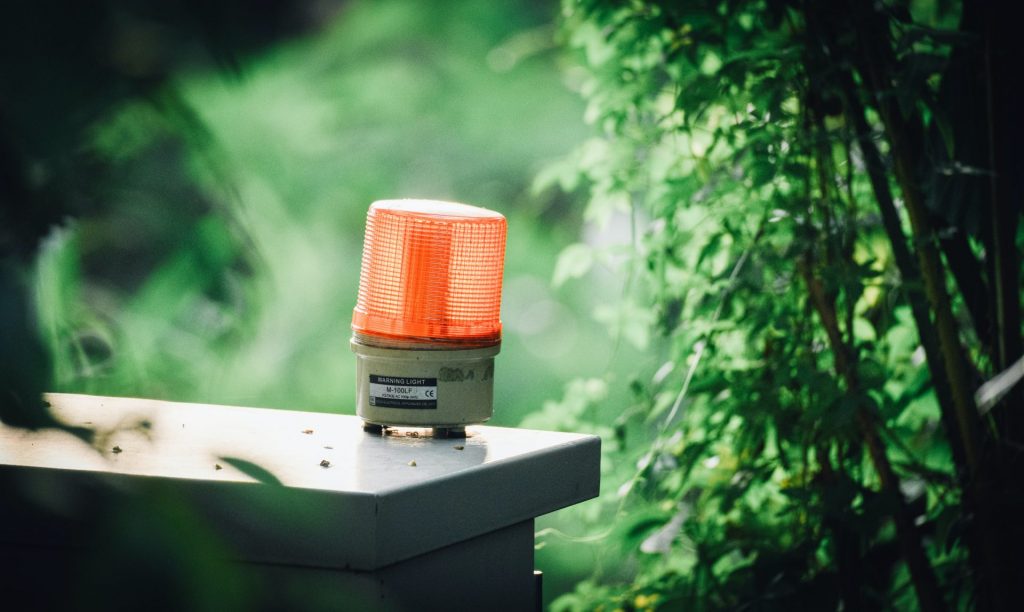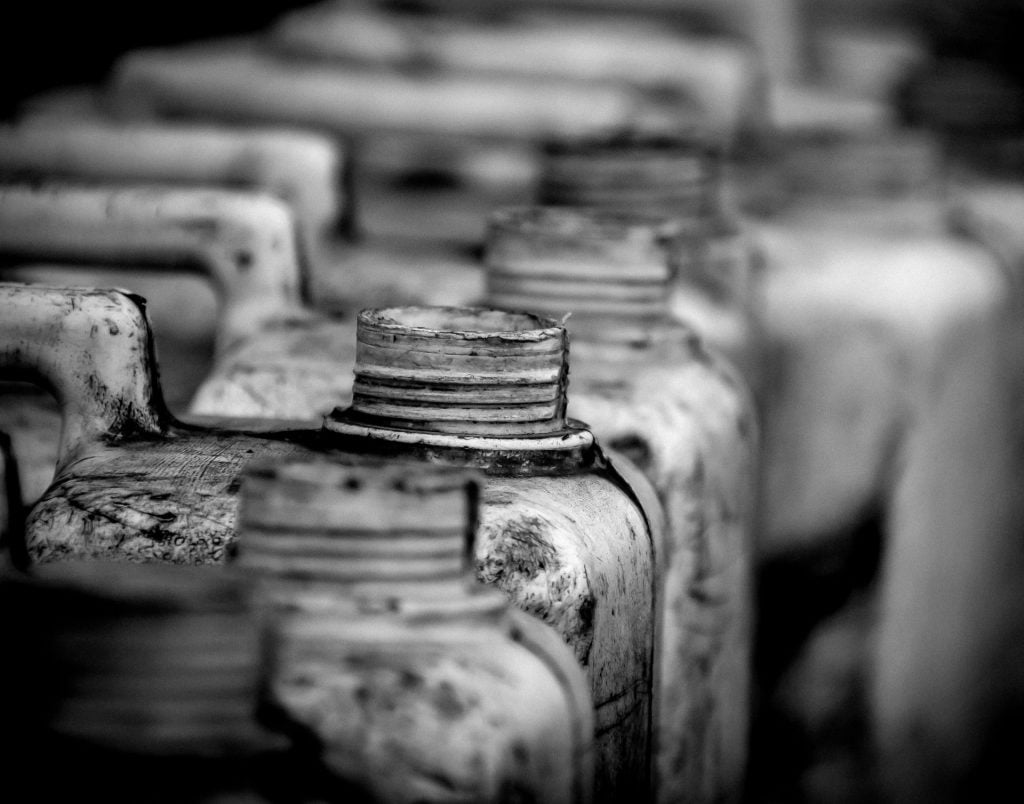BLOGS
State Of National Emergency: Everything You Need To Know
In the modern day, the government is the entity that holds the power to classify an event or happening as a national emergency. National emergencies can be declared in response to a wide range of potential threats, from natural disasters to terrorist attacks.
What is a National Emergency?
A national emergency is any event or happening that could either be natural or man-made and poses as a threat to an entire nation.
Many factors and events may result in national emergencies, such as significant risk to public health, terrorist attacks, and extraordinary threat to the national defense and constitutional right.
In some cases, the declaration of a national emergency may allow the government to access additional resources or powers, such as the ability to call up military reserves or to redirect funding. In other cases, it may simply serve as a way to increase public awareness of a potential danger.
In either case, the declaration of a national emergency is a serious matter that should not be taken lightly. In recent years, several countries, including the Philippines and the United States, have declared national emergencies in response to various crises. In each case, the decision was made only after careful consideration of the facts and with the goal of protecting public safety.
What is a State of National Emergency?
When a country faces national emergencies, governmental authority- more often than not, the president, holds the powers to declare a state of national emergency. Such declarations result in emergency power given to the government, enabling them to make new laws and measures for the safety of the national state.
The existence of a national emergency results in the declaration of a national emergencies act, which will in turn grant involved governmental authorities to conduct new laws and regulations as they see fit.
What are Emergency Powers?
Emergency powers given temporarily to the president for a period of time enables the government to utilize necessary resources to respond to the issue at hand.
These resources include, but are not limited to: monetary resources, police powers, procurement, implementation, and reconfiguration of various system operation as they see fit.
They are able to assign persons and other resources to whatever position they wish without much notice as before, so long as it still falls within the scope of the act or proclamation declared.
History of the Philippines and National emergencies
The Philippines has encountered other threats to national security which required the use of such emergency power. Listen below are the occurrences throughout our country’s history where the use of such acts were deemed necessary by the government:
1.) The 1989 Coup d’état
In 1989, select members of the Armed Forces of the Philippines (AFP) joined together to form a rebel movement called the Reform Armed Forces Movement, or RAM.
The Christian-time group was led by military leaders and was known to be loyal to former president Ferdinand Marcos Sr., and wanted to overthrow the current government body under then-president Corazon Aquino.
The Reform Armed Forces Movement was incredibly hostile, and almost succeeded in seizing the Malacañang Palace. But in the end, the coup was not successful as the government was able to subdue the rebel forces.
The country, however, sustained a lot of losses after the event. The coup left a huge economic impact which contributed to decision of declaring the country in a state of national emergency.
2.) The 1991 Mount Pinatubo Eruption
In June 1991, the Philippines experienced a great catastrophe after the famous Mount Pinatubo experienced its first eruption after more than 500 years of dormancy,
With more than 800 casualties, the catastrophic event also caused great harm to the country’s other assets.

Lives were lost and continued to be lost because of broken homes and ruined land, agriculture was in a terrible state due to all the volcanic debris, rendering most of the affected persons both homeless and jobless.
With more than $700 million in damages, the Philippines was once again in an emergency state.
3.) The 1993 Luzon Power Crisis
Way back during the 90’s , the Philippines experienced daily brownouts- especially in Luzon. Prior to this, Mindanao has also experienced numerous power shortages during the Mindanao Power Crisis from 1990-1991.
During former President Cory Aquino’s term, the administration put a halt to starting operations at the Bataan Nuclear Power Plant. This was a decision made by the government after allegations of corruption being linked to the power plant, at the same time was heavily influenced by Japan’s Chernobyl accident which occurred back in April of 1986.

Similarly, Calaca Coal fire plants were also not allowed by the administration due to to its democratic nature which appealed to the public- specifically, the environmental non-government organizations (NGOs).
The lack of power plants resulted in the overworking of then-existing power plants, which caused an inevitable breakdown. Unable to provide an alternative to the sudden loss of electricity source, the Philippines was once again in a state of national crisis which they believed demanded the use of emergency power.
4.) The 1995 Metro Manila Water Crisis
Prior to the 1995 Water Crisis Act, the water supply situation in Metro Manila, Rizal, and Cavite was incredibly unfavorable. Three-quarters of homes in these local areas did not have a clean and stable water supply, putting their health and safety at risk.

Water shortages and contamination was a usual sight in these places, and it wasn’t until the Metropolitan Waterworks and Sewerage System (MWSS) rising debts would the government decide that action had to be done.
With MWSS’s inability to make proper arrangements and investments for its services and maintenance, the country resorted to the usage of emergency powers in order to deal with the situation at hand – which later on resulted in the 1995 Water Crisis Act.
Suggested Read: Philippine Real Estate Laws Guide
Suggested Read: Must-Have Items For 2022
The Philippines now:
The Philippines is currently in yet again, a state of emergency – and it has been in one for more than 2 years now. The reason for this current predicament is none other than the infamous virus that has been continuously attacking the entire world for the past years – the coronavirus disease.
The Coronavirus disease
march 08, 2020
On March 08, 2020. the Philippines experienced its first three cases of the coronavirus disease which were obtained through local transmission.
The president declared a state of public health emergency in the country through the Proclamation No.922. Classes were also suspended in the country’s capital, Metro Manila (National Capital Region or NCR) as a result.
The local cases were seen as a threat to public health, which must be protect and promoted by the government at all times as according to the 1987 Constitution and the Law on Reporting of Communicable Diseases, also known as the Republic Act (RA) No. 11332.
The coronavirus disease was already recognized as an international concern by this time, and thus, the president declared a state of public health emergency as it posed concerns to national security.
This proclamation allowed both government and non-government organizations to perform necessary precautions and measure to respond to the national threat and keep the country’s losses to a minimum.
This was the start of the coronavirus disease posing as a significant threat to the nationwide state.
March 16, 2020
On March 16, 2020, the country was placed in a state of national emergency due to the coronavirus disease.
The president signed the Proclamation No. 929, which declared the country in a state of national calamity for the next 6 months.
Prior to the signing of this declaration, parts of the country was placed in lockdown as a response to the rapidly rising cases of the virus. Travel in and out of Manila was restricted, whether it be air, sea, or land travel.
On the same day of the declaration of the local state as a national emergency, the Luzon group of islands was placed under enhanced community quarantine (ECQ)- also known as the lockdown with the most secure and strict protocols that our country declares for lockdown.
This declaration allowed the government to possess emergency powers, which were to be used for the protection of the national state – in this case, was the people’s public health.
The main effect of this declaration was to the country’s funds, which were now direct to health and safety programs as a response to the rising amount of coronavirus disease cases in the country.
March 25, 2020
On March 25, 2020, the Bayanihan Act was signed into law by the time’s current president, Rodrigo Roa Duterte.
The signing of this law is what enabled government authorities – more specifically, the president to obtain emergency powers for a time period of three months. This allowed them to perform whatever measures they deemed necessary as a response to the COVID situation at hand.
September 11, 2020
After the Bayanihan Act expired in June 2020, a second Bayanihan Act, called Bayanihan 2, was proposed by August 2020 and was signed into law by September 11, 2020.
This act also declared the country a state of national emergency, and that further measures were needed to respond to the country’s pandemic.
September 16, 2020
In September 16, 2020, Proclamation No. 1021 was signed into law. This was an extension of the Proclmation No. 929, and the country’s state in a national emergency was extended for one year, effective from September 13, 2020 to September 12, 2021.
September 10, 2021
With no stop the rising pandemic case, former President Rodrigo Roa Duterte has declared that the country’s state of National emergency is extended for another year by signing Proclamation No. 1218.
Effective from September 13, 2021 to September 12, 2022, the Philippines is currently still in a state of national emergency up until the present day due to the coronavirus disease as declared under Proclamation No. 1021.
Suggested Read: Health Emergency Response: What You Need To Know
Suggested Read: Top 10 Investment Opportunities for the Wealthy
What should I do in a State of National Emergency?
When in a state of National Emergency, it is always important to be aware of both yourself and your surroundings. Anything could happen at anytime, so you have to make sure to keep you and your loved ones safe at all times.
Homes by Brittany
With only the safest and most luxurious houses in the Philippines, Brittany is sure to keep tabs on you and your entire family. With both comfort and safety ensured, Brittany homes is the perfect place for you to set up your home.
With numerous house and lot for sale to choose from, Brittany is sure to have the home to fit all your needs-and even more! With homes in Alabang, Tagaytay, and Santa Rosa, there are so many luxurious homes and luxurious condos to choose from.
All homes are guaranteed to give you the best living experience through its world-class service that you won’t find elsewhere.














